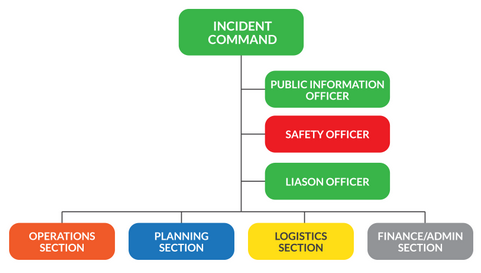National and regional systems for preparedness and response
The existence of reliable national systems for preparedness and response is considered to be the single most important factor which determines the effectiveness and the success of responses to marine pollution incidents.
Each Party shall establish a national system for responding promptly and effectively to oil pollution incidents. The legislation, designation of national authorities, contingency plan, international cooperation, training and exercises and response equipment available for response to Oil and HNS spills are the main elements of a National Preparedness and Response System.

The provisions for the establishment of National Response System to Oil and HNS spills are defined by the article 6 of the OPRC Convention and the article 4 of the OPRC-HNS protocol respectively. According to their provision the National Response System should contain at least the following items:
- A competent national authority for pollution response, national contact point and authority entitled to act on behalf of the State must be designated.
- National contingency plan for preparedness and response marine pollution.
- Mechanism to co-ordinate the response to a pollution incident.
- Establishment of stockpiles of response combating equipment, the organisation of spill response exercise ad trainings and the development of detailed plans and communication capabilities for dealing with pollution incidents.
- The organisation of spill response exercises and trainings
- The development of detailed plans and communication capabilities for dealing with pollution incidents.
Related document
Manual on Oil Pollution Section II – Contingency Planning - Chapter I: Establishing a National Preparedness and Response System (IMO, 2018)


